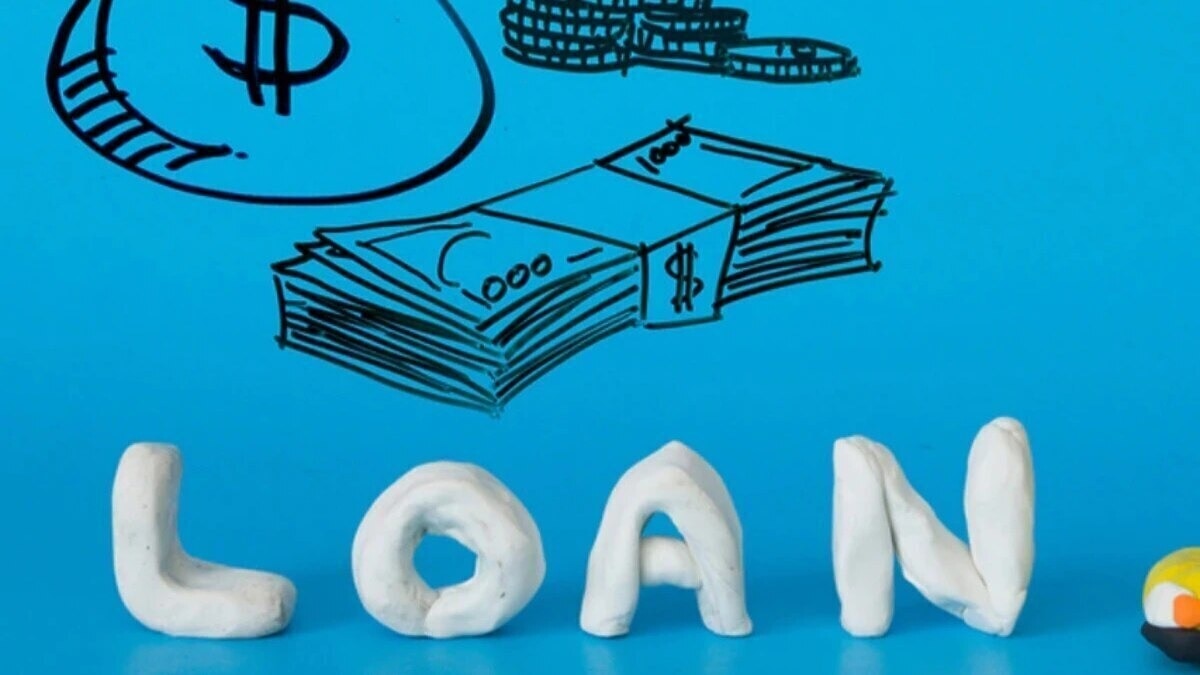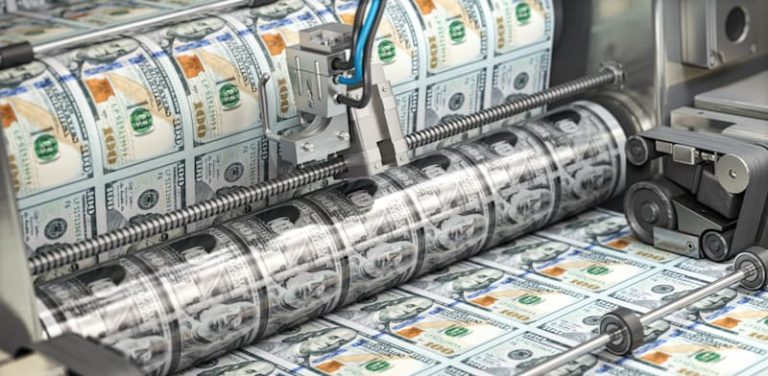A staggering $324 trillion in global debt—more than three times the size of the world economy—isn’t owed to just nations or oil giants. It’s mostly owed to ordinary people.
Lokesh Ahuja, an IIM alumnus, sparked debate on LinkedIn by highlighting a startling reality: global debt is largely held by citizens themselves, through pension funds, insurance companies, banks, and mutual funds. That means everyday savers are indirectly funding the world’s governments.
In the U.S., where national debt has ballooned to $36 trillion, nearly 70% of it is held domestically. Foreign holders—led by Japan and China—own the rest. But Japan’s position is especially ironic.
“Japan owns the most U.S. debt,” Ahuja noted, “yet it also has the highest government debt in the developed world—more than 2.5 times its own economy.”
It’s all part of a self-sustaining global debt cycle. Governments borrow to spend on salaries, infrastructure, and subsidies. Citizens earn, save, and invest—often in government bonds. That, in turn, enables more borrowing. The loop continues.
Until it doesn’t.
“When confidence breaks, lenders stop lending,” Ahuja warned. That’s when nations can’t refinance old debt, triggering crises like those in Greece, Sri Lanka, and Pakistan.
The fallout is particularly severe for developing countries. They borrow at higher interest rates, often in foreign currencies. As exchange rates fluctuate, their debt becomes even more expensive—and harder to repay.
“We often talk about people being stuck in credit card debt,” Ahuja concluded. “But the truth is—governments are just as addicted.”







